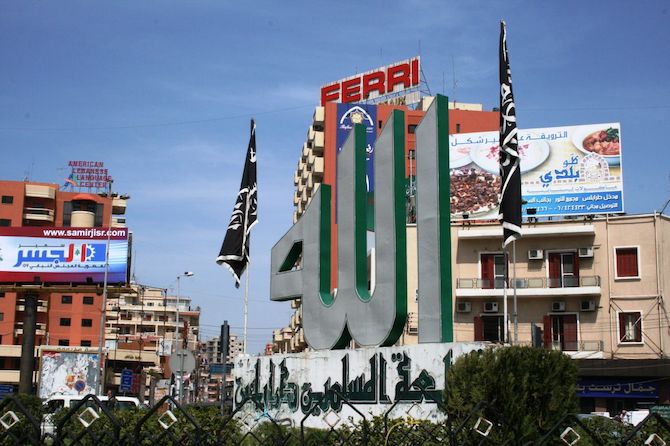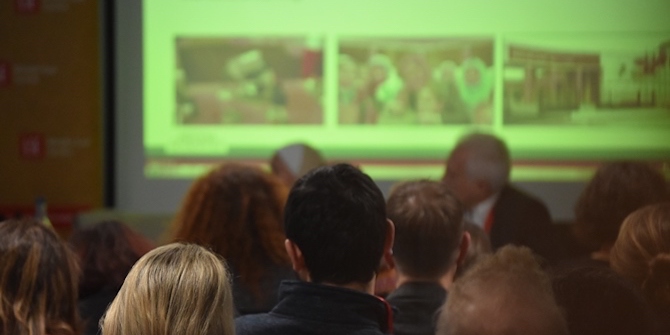by Raphaël Lefèvre

There is a puzzle to the way in which militant Islamists recruit and mobilise: even as their political ideology mandates the unity of Muslims nationally or even globally, they are often deeply rooted in particular localities. This affects their behaviour much more than we think.
Take some of today’s ongoing Islamist insurrections. While the ISIS insurgency in Mozambique builds on the social injustices found in the Cabo Delgado region, the Taliban insurrection in Afghanistan channels Pashtun grievances to a large extent and Al-Qaeda’s Katiba Macina mobilises marginalised villages and communities in parts of Central Mali.
This suggests that, although religion or ideology is often seen as the only driving force behind militant Islamist groups, it is worth investigating how they are also impacted by ‘the local’ – that is, by the subnational solidarities, identities, antagonisms and grievances of a place.
A Local Turn in Studies of Militant Islamism
This theme guides a nascent research agenda in the academic study of militant Islamism. Of course, scholars of Islamism have long taken a region, city or a neighbourhood as a prism through which to analyse how such groups operate generally. But, more often than not, ‘the local’ acts as a colourful backdrop without its specificities being factored into the analysis.
It is only recently that scholars have begun noting spatial variation in how militant Islamists recruit and mobilise. They have observed that the Moroccan and Libyan cities of Casablanca and Derna, and the Cairo and Tunis districts of Imbaba and Ettadhamen act as hotbeds of Islamist militancy. Seeking to explain why these groups are more rooted in some localities than others, academics have highlighted the role of local structural factors such as a place’s conservatism, urban form, culture of dissent, history of grievances and oppositional networks.
Yet there has been little progress on other significant questions. Why and how do Islamist armed groups use local identities, solidarities and antagonisms to recruit and operate? And, importantly, do these groups just view ‘the local’ as a tool or does it shape their behaviour?
Why and How Militant Islamists Root Themselves
My latest book, Jihad in the City, explores these questions through the case of Lebanon’s Tawhid. This was an Islamist armed group operating during the civil war in the northern city of Tripoli which succeeded in mobilising 2,000-3,000 fighters and many more sympathisers. In 1982, Tawhid activists seized the city, turned it into an ‘Islamic Emirate’, fought local leftist militias and religious minorities and were eventually crushed by the Syrian army in 1985.
Importantly, Tawhid’s success at mobilising so many despite the high-risk nature of its activism stemmed less from the appeal of its Islamist ideology than from its attempt to cast itself as an indigenous movement rooted in Tripoli’s social fabric and symbolic meaning. For instance, it enlisted the support of key, popular neighbourhood strongmen who played the role of ‘champions of mobilisation‘ – much of their large local following joined Tawhid too. Another example is how the group’s discourse at times verged into a ‘vernacular Islamism‘ as it conveyed its ideology in the language of Tripolitan historical and cultural references.
The way Tawhid used ‘the local’ ensured that it became strongly rooted in parts of Tripoli. In turn, the Islamist armed group’s rootedness not only allowed it to increase its manpower to fight its enemies; it also enabled it to gain control over the city and its infrastructure for three years. This helped it to operate, generate revenues and to project and implement its ideology.
When Local Dynamics Shape Islamist Behaviour
Yet ‘the local’, far from just being a tool at Tawhid’s disposal, also shaped its behaviour. This was largely unintentional and, ultimately, proved detrimental to the movement.
For example, even as enlisting the support of popular strongmen who acted as ‘champions of mobilisation’ bolstered Tawhid’s numerical strength, it simultaneously drew the group in a ‘neighbourhood Islamism‘ which seemed more shaped by local turf wars than by ideology. This constantly distracted Tawhid’s attention and resources away from the broader stakes.
Similarly, although the movement’s use of Tripolitan historical and cultural references ensured that it had a strong base in a city whose residents feel strongly about local identity, this restricted its outside appeal. In Lebanon’s broader community of Sunni Islamists, its vernacular discourse gave way to the sense that Tawhid was more Tripolitan than Islamist.
The Micro-Politics of Militant Islamism
Of course, Tawhid’s story is in some ways unique to the Tripolitan context of the 1980s. But the broader point I make in the book about the importance of grasping the micro-politics of how militant Islamist groups use, but are also shaped by, ‘the local’ holds elsewhere as well.
For instance, while ISIS enlisted the support of key tribal elders in Eastern Syria which in turn triggered the adhesion of large chunks of their communities, Al-Qaeda in the Arabian Peninsula appealed to the local identity of Southern Yemenis by backing their secessionist demands and even rebranding itself as the Sons of Hadramawt (the province’s historical name). This has impacted their actions. In Mali, for example, as Al-Qaeda in the Islamic Maghreb inserted itself in older local antagonisms to recruit, these then largely drove its violence.
Illuminating how subnational dynamics affect local, national and even transnational Islamist armed groups shows the relevance of factoring in ‘the local’ in studies of militant Islamism – ideology plays an important role in these movements, but so does their local embeddedness.







Currently it looks like Drupal is the preferred blogging platform
available right now. (from what I’ve read) Is that what you’re using on your blog?